There is a thin line separating the imaginative physical reality from the imaginative creation of the human mind. While design, in all of its glory, has spearheaded the ingenious world of functional art and innovation, there remains an easily identifiable series of objects and artworks that challenge the norms of normalcy in design. These entities present themselves as the curious hybrid counterparts of their art and design twins, conceived by the play of the human psyche in its purest form. As a near-provocative and highly imaginative approach to design and description, Surrealism has been a beloved medium of expression for profound creative visionaries including the Spanish artist Salvador Dalí, the visual artist Man Ray from the United States, Meret Oppenheim among others.
For the first time, a major design exhibition in the United Kingdom is going to explore, interpret and appreciate surrealism and its impact on the design world at the Design Museum, London. Platforming over 350 exhibits, the creative exposé ‘Objects of Desire: Surrealism and Design 1924- Today’, will be on display at the museum from October 14, 2022, till February 19, 2023. The collective presentation was previously displayed at the gallery spaces of the Vitra Design Museum, Germany in 2019 and has now travelled to central London with the support of curators Kathryn Johnson from the Design Museum London and Dr Mateo Kries of the Vitra Design Museum.
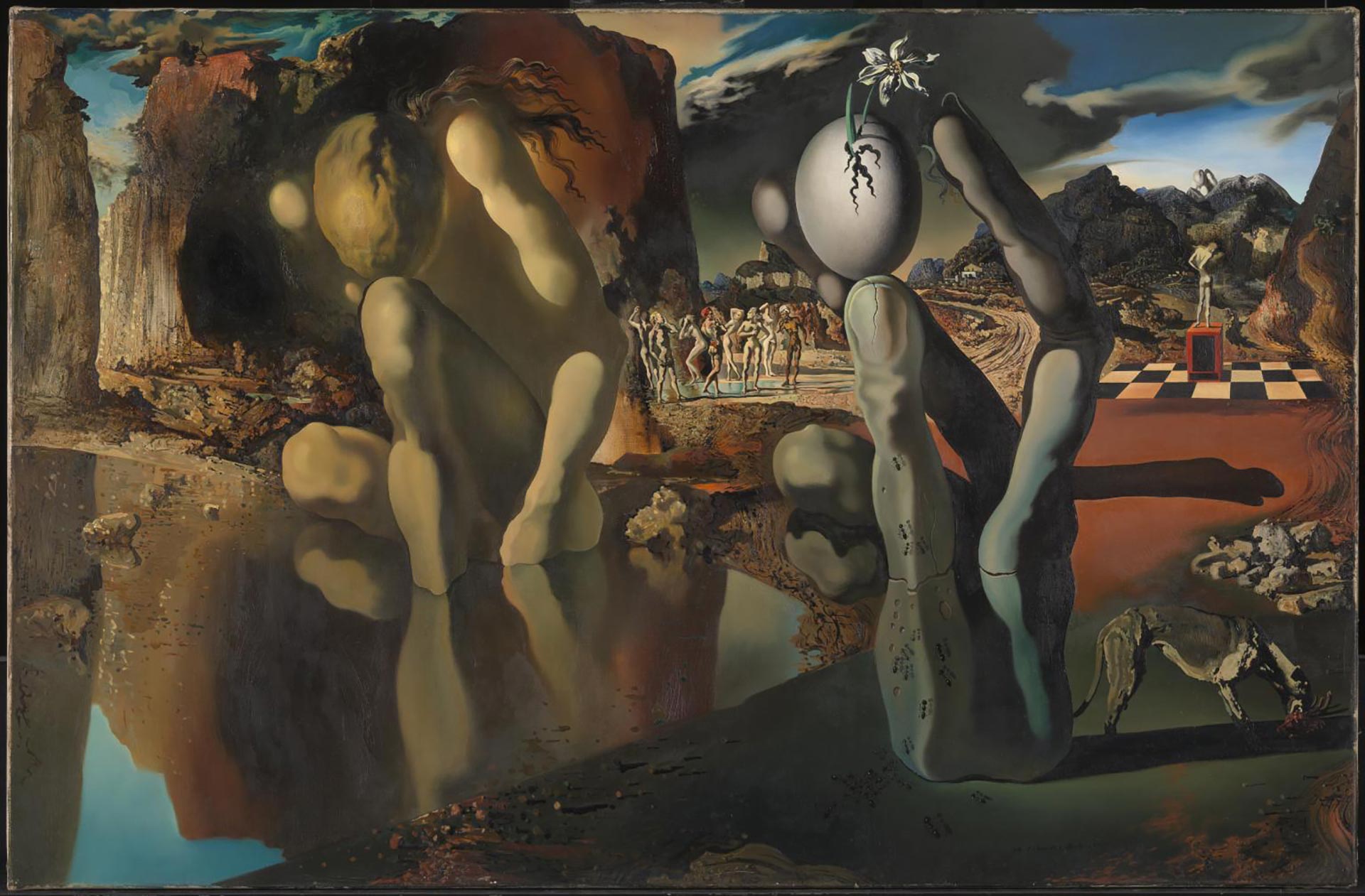
“This exhibition will show that Surrealism is still alive and well and that it never really went away. Today, in the context of dizzying technological change, war and another global pandemic, Surrealism’s spirit feels more alive than ever in contemporary design,” says Kathryn Johnson of the Design Museum London. The design exhibition will identify and recognise the relationship that fine art has forged with creative curations over the decades; through four sections, primarily focused on Surrealism’s influence on everyday objects, interior design, fashion and even the body and the mind.

Surrealism was established in the early 1920s in Europe as an unnerving attempt to automate thoughts and expressions. Foreshadowing the response to the traumatic stress induced by World War I, the movement certainly tapped the unconscious and aided self-expression through art, poetry, literature, photography, architecture and all forms of design—altruistically unapologetic. It was brutal, experimental, superreal, ironized and eloquent to such an extent that eventually, owing to its visual aesthetics and details, it became one of the most commercialised forms of art and design. The exhibition design, through all four of its sections, tries to elaborate on how the art movement, which initially was a resonating response to traumatic events became the means of whimsical self-expression, humour and a hefty remuneration.
“From its very beginnings, Surrealism looked to design and everyday objects for inspiration, but only few are aware of the movement’s decisive impact on design. The exhibition is both a landmark in the history of Surrealism, Dada and design and part of a rich and ongoing story of London’s engagement with one of the great cultural movements of the last century,” says Tim Marlow, the Design Museum’s CEO and Director.
Starting with the examination of Surrealism’s beginnings, the first section of the elaborate exhibition features different objects from pioneers appertaining the early years of the movement when the artists sought to capture the aura or the mysterious sides of ordinary household objects. Dalí, Magritte, Meret Oppenheim, and Man Ray were among the few creatives that experimented with a radically new style, constructing ludicrous sculptures out of discarded materials and objects. For example, the American visual artist Man Ray’s ‘Gift’ from 1921, featuring a continental flat iron of the sort that was to be heated on a stove, was transformed to render it unusable but sculptural by the installation of iron nails on the face. With the sculpture, Ray successfully uplifted an extremely average everyday object into a strange and near-sadistic object. Similarly, Marcel Duchamp’s ‘Porte-Bouteilles’ or the Bottle Rack (1959) which instead of focusing on just the functionality, featured a more nonsensical nature of the object ascribing ‘visual indifferences’. The object is also a significant display of a parallel art movement ‘Found objects’ or ‘Found arts’ that quite often elaborated on creating art using undisguised objects and materials which were not usually considered as materials for art.
Moving on, the sections of the exhibition capture the essence of Surrealism in time, particularly in the 1940s when the artists and designers began moulding the art movement in a contradicting direction. Certain artists including Dali, the Italian Architect Gae Aulenti, Jasper Morrison, Achille and Pier Giacomo Castiglioni from Milan, Italy, drew inspiration from surrealist movements and created objects and artworks that were humorous and surprising. For instance, the playful and menacing Lobster telephone by Salvador Dalí. The work was commissioned by the British poet Edward James, a leading collector of Surrealist art and featured an ordinary working telephone with a plastic lobster. The telephone is the perfect example of how heavily contrasting elements that are seldom associated with each other can be clubbed together to create iconic Surrealist art. Alongside the telephone, many collaborative designs by Dali and James will also be on display, including the world-famous Mae West’s Lips sofa and even a pair of champagne lamps. Similarly, Gae Aulenti’s ‘Tour table’ (1993), features an average glass table, enhanced and upscaled by introducing four bicycle wheels set in chrome forks for support.
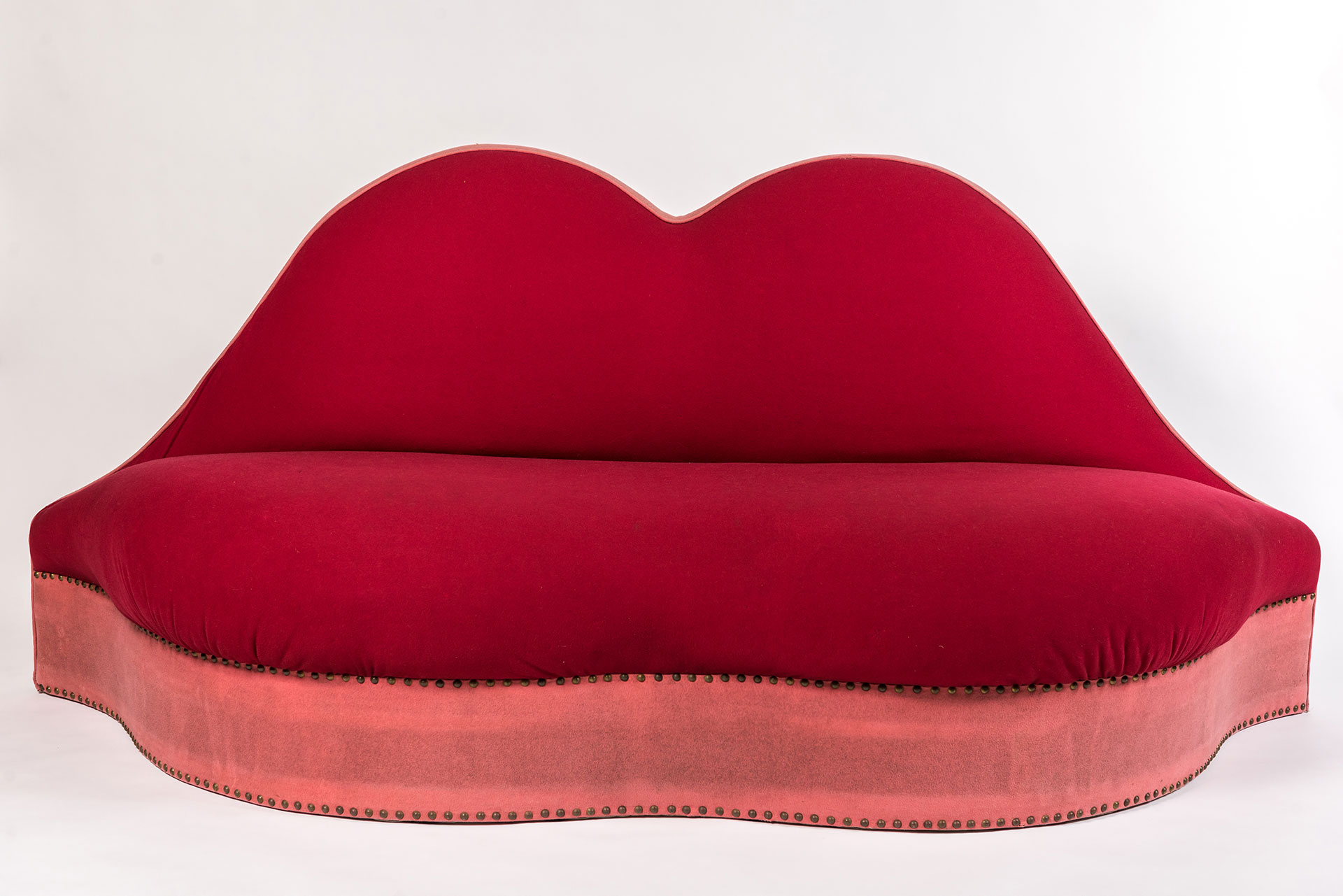
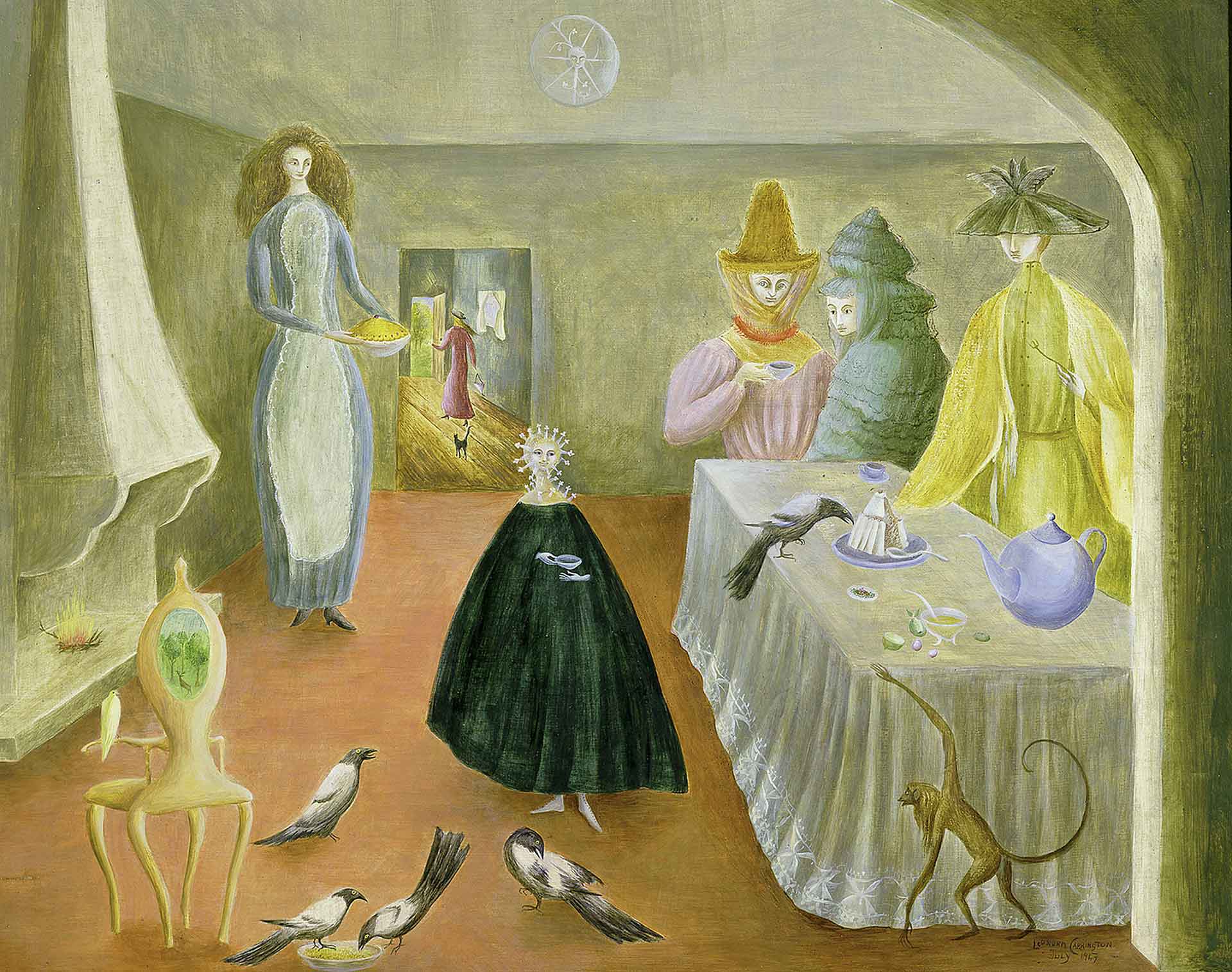
Furthermore, the section on ‘Surrealism and the body’ examines the cultural movement’s adoration for the human body. With the strength that it holds, Surrealism has given specific attention to topics relating to the human body with great depth and detail. It renders the artistic essence of the body, sexuality and desire. Platforming critical events in an artistic way, are photographs showing the likes of Marcel Duchamp dressed as his female alter ego, Claude Cahun’s Self-Portrait (in the mirror) as a striking expression of blurring boundaries between conventional gender indicators and also, and Sarah Lucas’ Cigarette Tits that is a visual expression of verbal cues exposing stereotypes related to the female sexuality.
Every element on display speaks volumes about the likes and dislikes of societal norms and cultural events in an extremely creative way. Surrealism was in fact, a striking mirror which showed what the society has grown and groomed itself into. This was not just limited to the objective ideations in time, but also fashion as a statement. The section displaying Surrealism and its impact on fashion is not a fresh concept as observed in modern maximalism. It dates back to the 1930s when several Surreal artists and fashion designers collaborated to present the trends and likes of the high European society with technical artistry and certainly a desire for bejeweling which all came with a hefty price. One such noteworthy collaboration was Salvador Dalí with the French fashion designer Elsa Schiaparelli, which resulted in several groundbreaking designs. Highlighting the section is the collaborative duo’s ‘Telephone Dial Powder Compact’ which is an extremely successful and popular accessory to own at the time. Additionally, the show will illustrate how Surrealism continues to be a major inspiration for Maison Schiaparelli, Paris, the high-end fashion brand that Schiaparelli founded in 1927. Two magnificent contemporary dresses will be on display: one in Schiaparelli's signature shocking pink on a startling minidress with a muscular form, and the other in a modern re-enactment of her renowned Skeleton Dress.
Lastly, the exhibition also examines the future of Surrealism. It will observe different technological breakthroughs that have been adopted by designers to govern lives and humanity in ways far beyond previous possibilities. For instance, sketches by contemporary designers Ronan and Erwan Bouroullec, who worked towards deducing automatic processes to discover the latest imagery and forms. Alongside, as a revelation in graphic design and phygital art, the series of sketched furniture is traced by the designer’s hands and body in mid-air using motion capture. These are then converted into digital files and 3D printed to create functional furniture design. As an important cultural movement and artistic adaptation of social events, Surrealism has established itself as an expansive medium of modern thought processes.
The exhibition will be held at the Design Museum London, from October 14, 2022, till February 19, 2023.The exhibition also has sponsored support from Hugo Boss and the Art Mentor Foundation, Lucerne.






 Sign in with email
Sign in with email


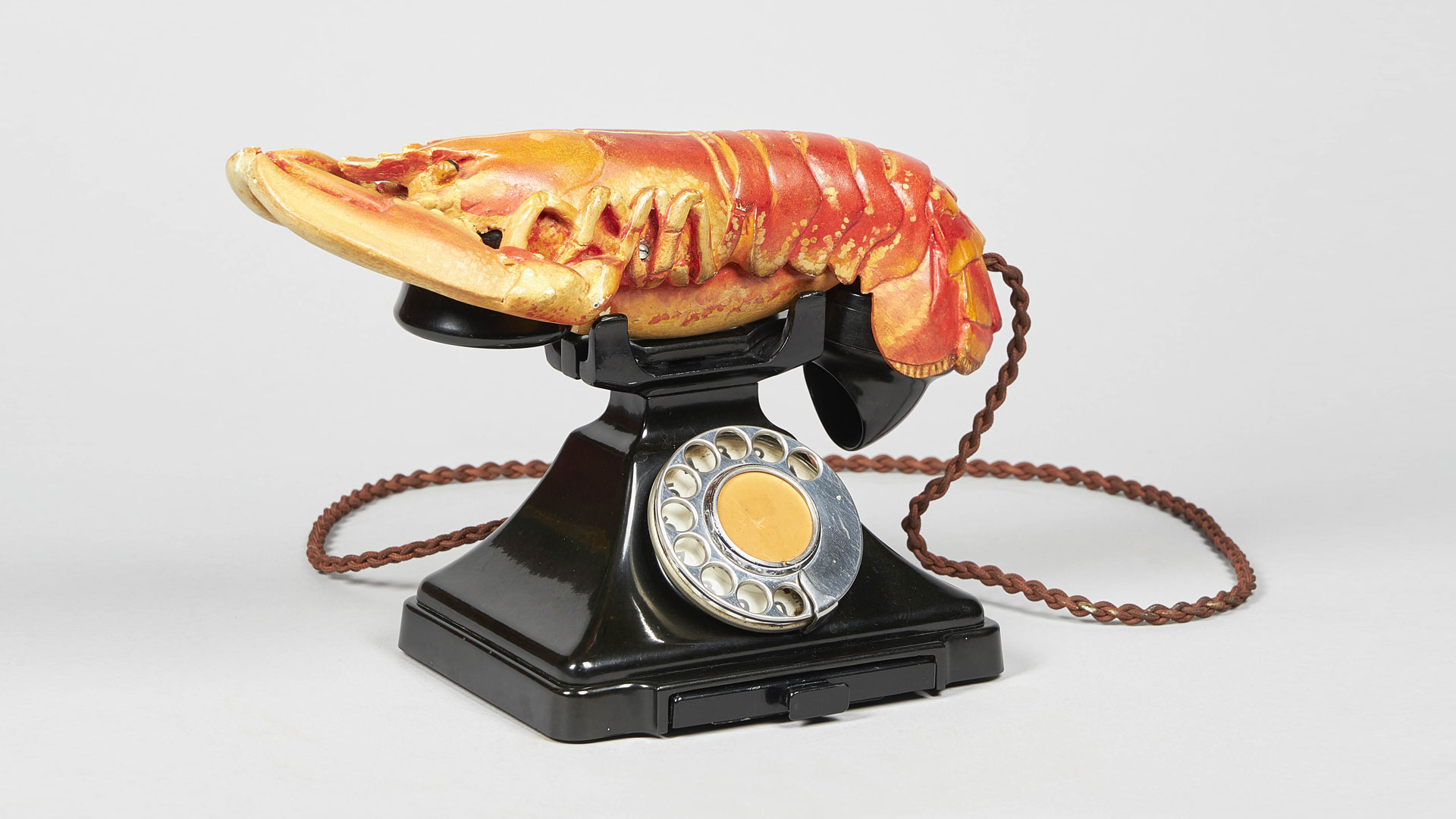
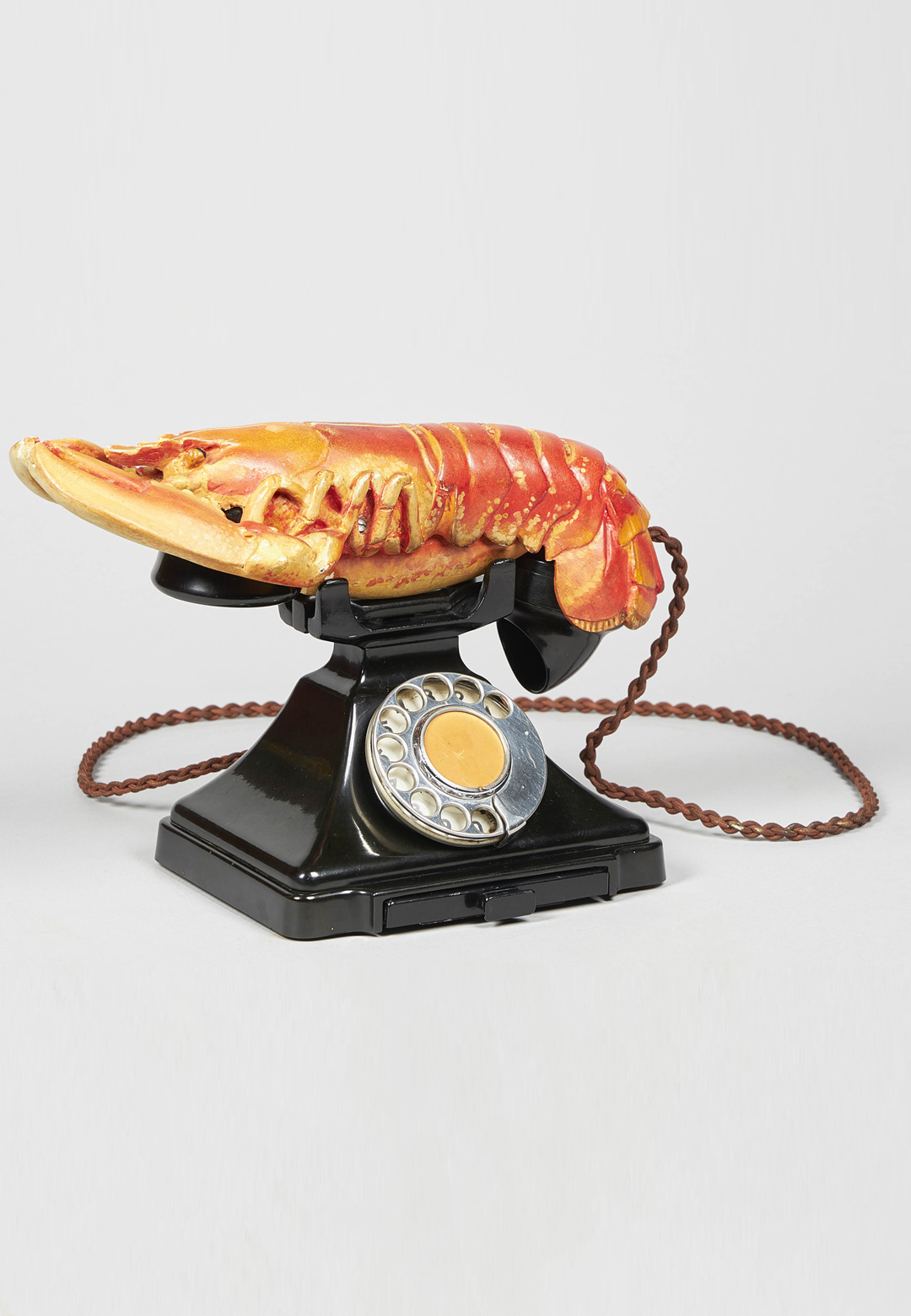
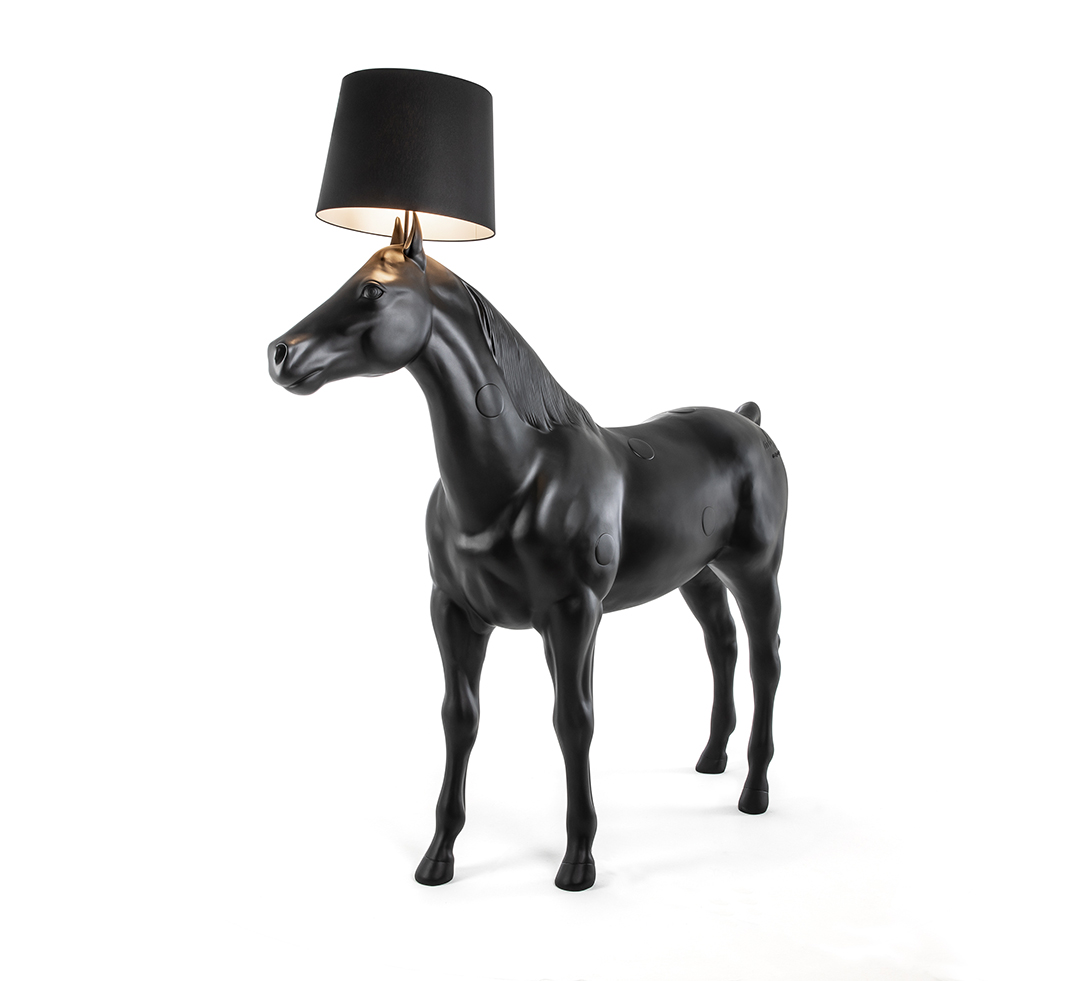
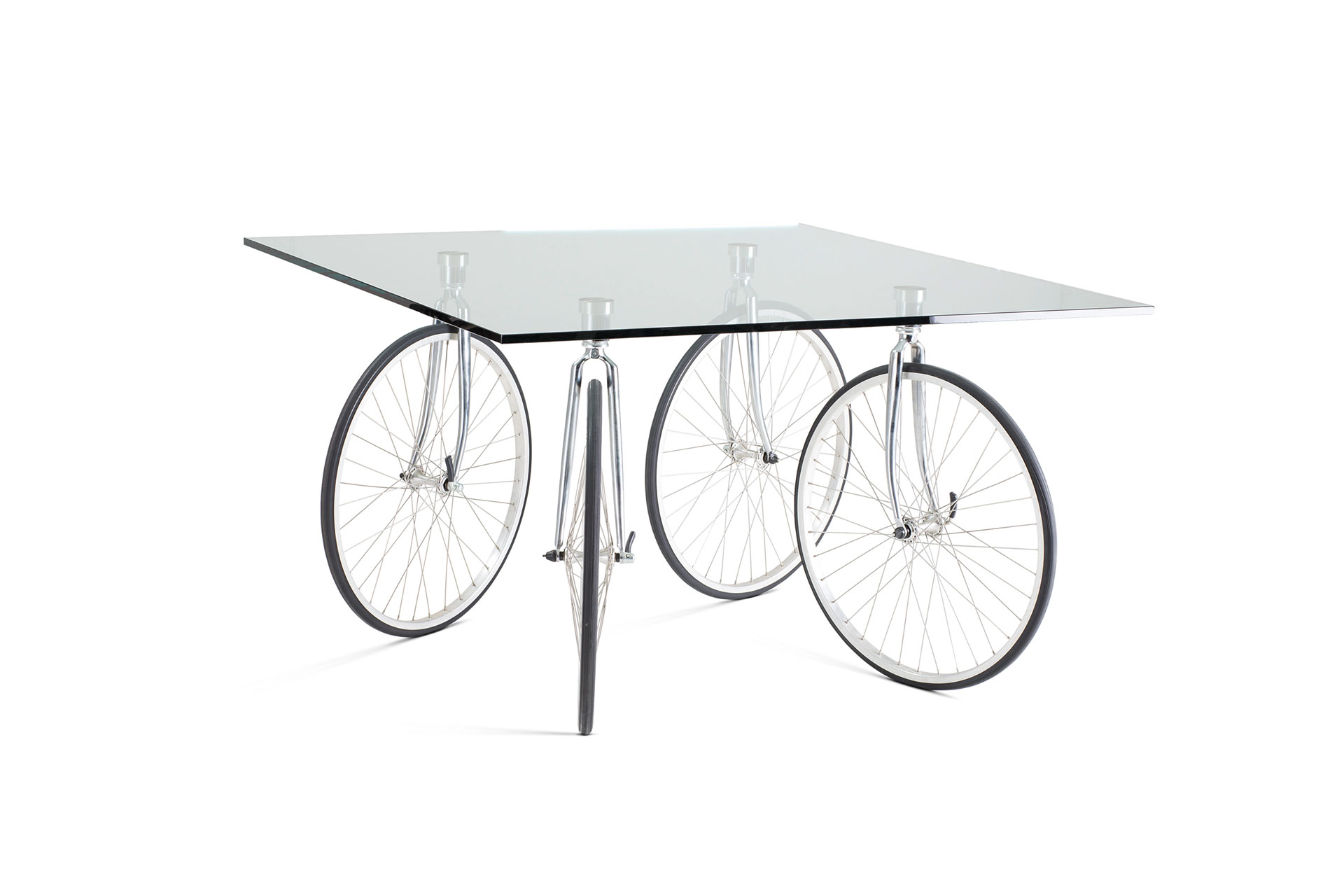
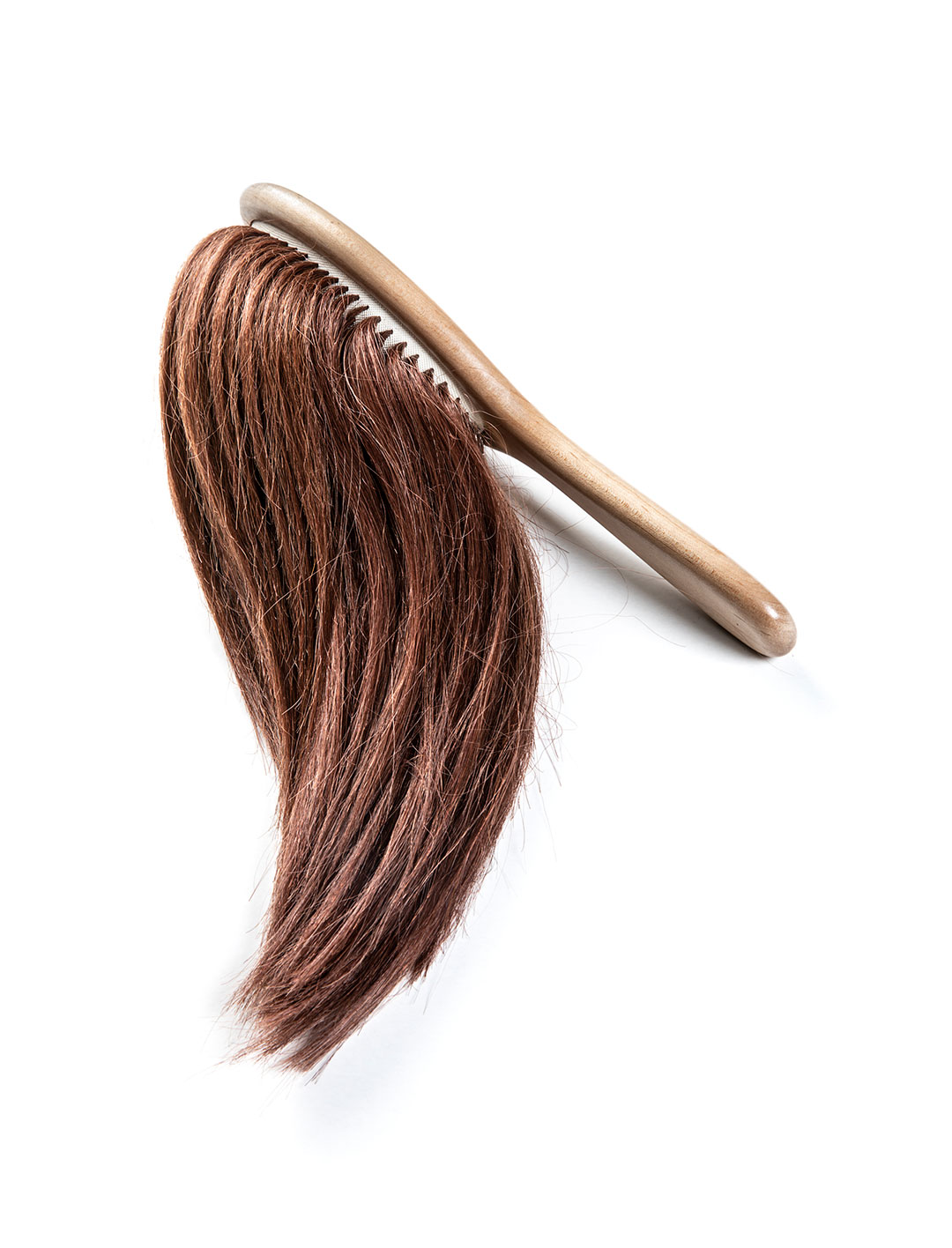
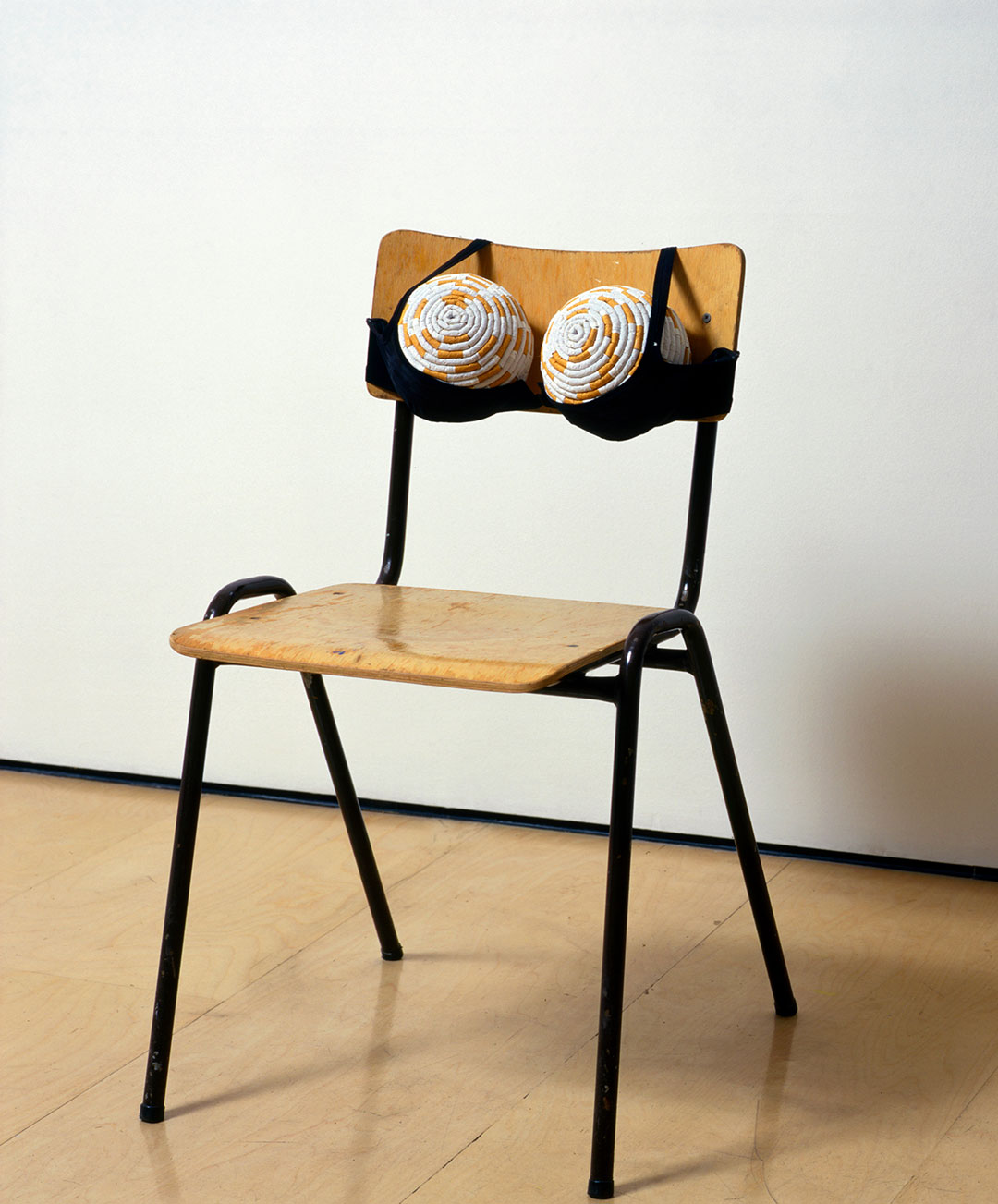
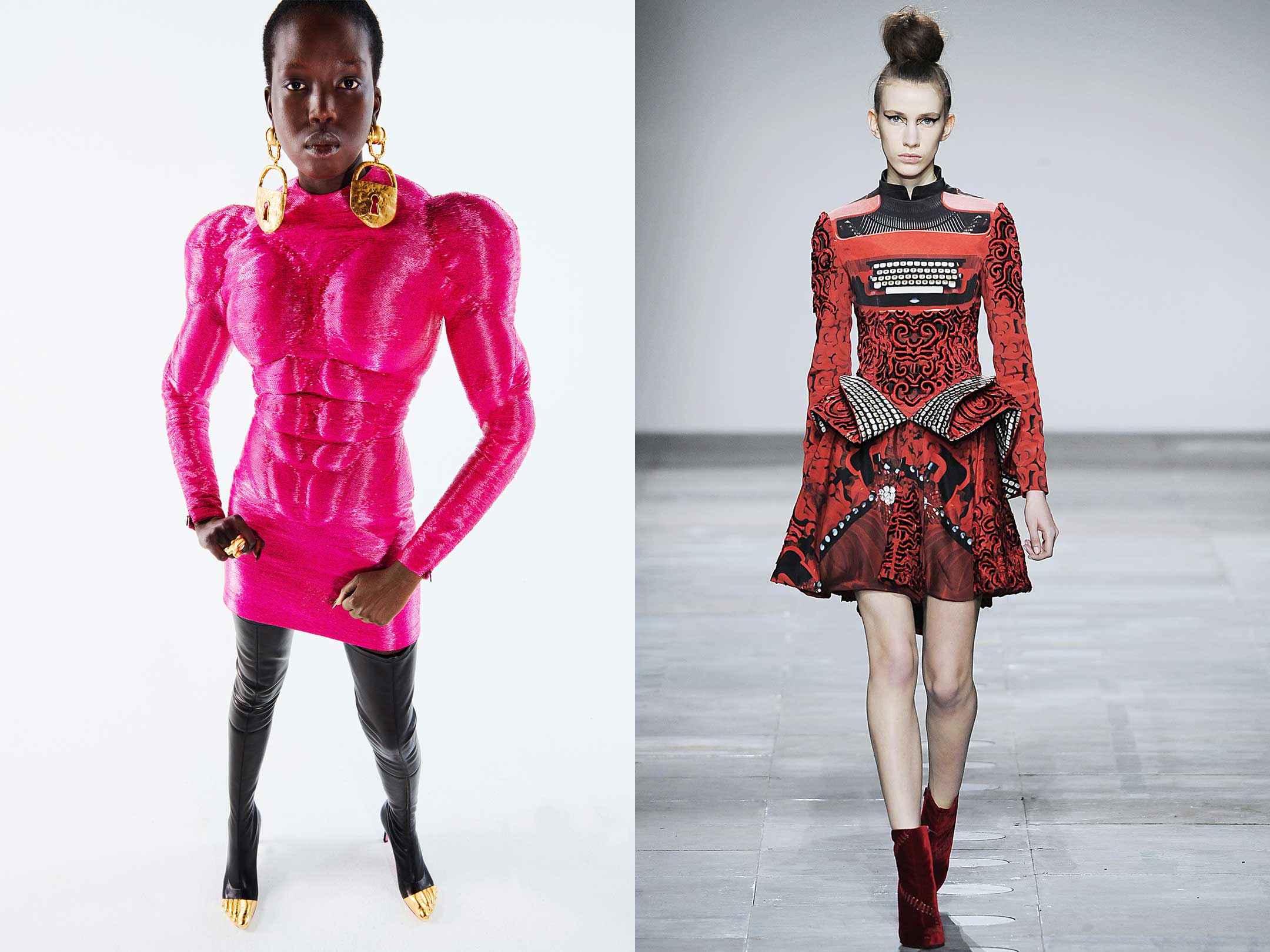






What do you think?